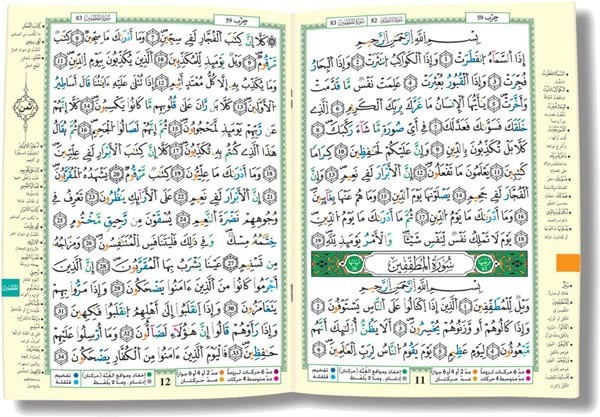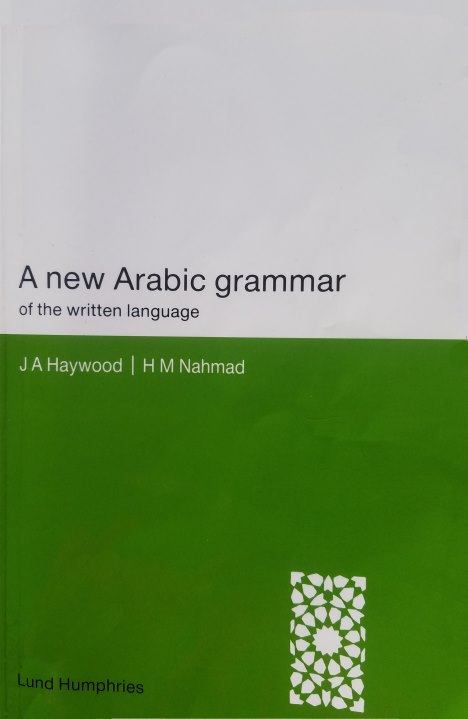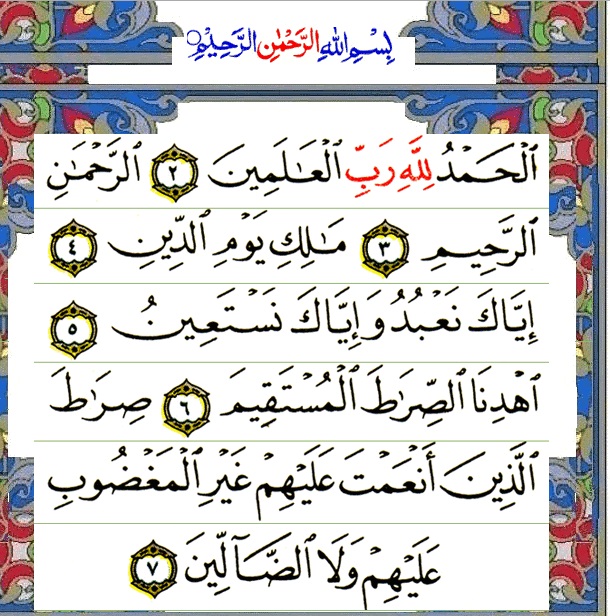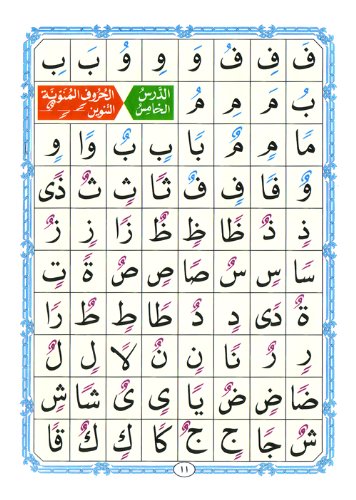Over the past few years, learning Arabic has become a passion of mine. At the age of six, I was fortunate enough to learn Arabic for a year in an Arabic speaking country. I still remember all of the words I learned as a child while retaining the ability to pronounce those hard Arabic letters. Unfortunately, my fluency remained at the level of a six-year-old. In 2014 I decided to start learning Arabic all over again: I wanted to learn how to read and understand the Quran in Arabic.
Discover the positives, negatives, and lessons learned throughout my journey to learn Arabic.
You can read our guide on how you can get started to learn Arabic.
My Tutor
I tried many times previously to learn Arabic but I would always fail miserably because I had zero guidance on where to start (resources I found from googling were absolutely terrible!). Thankfully, I have a family member who was educated at an institution in France. He was able to guide me along the way and show me what resources I should use to achieve my goals. Every single weekday for over a year we would have lessons over Skype. I would not have been able to learn Arabic without his knowledge and guidance.
Not everyone is able to obtain an effective tutor, so please use this site to help you on your journey. We are happy to answer any questions you may have.
Learning the Quran
As I stated earlier, my initial motivation to learn Arabic was so I could read and understand the Quran.
Our first mission was to learn the Alphabet.
I started learning from a book called Al-Qaidah An-Noraniah. It is an Arabic Alphabet book that focuses on teaching the proper pronunciation of letters. In this Youtube Video, you can listen to how the letters are taught. Typically, this book is used as a basis for teaching a student tajweed, which are rules governing the recitation of the Quran.
In addition, I used a workbook to practice writing the Arabic letters. You can use almost any Arabic alphabet workbook, just find one that suits you the best.
Check out our list of Alphabet resources to find one that works best for you.
Spaced Repetition
My tutor introduced me to the concept of spaced repetition. Spaced repetition is a method used to aid in memorization. To this day I still use Anki software to learn new Arabic words and phrases. I feel like it is a really useful tool to ensure you are learning the language every single day!
I used this space repetition technique for every step along the way: Alphabet, reading words, learning vocabulary, and memorizing grammar rules.
Reading the Quran
After learning the letters, we started reading the Quran. To measure progress, we timed how long it took to read a page in the Quran. At first, it would take 20 minutes to read a single page! Eventually, my reading increased to only taking 2 minutes to read a single page.

As my reading speed increased, my tutor introduced different tajweed rules. Tajweed recitation rules are determined by the location of the word in the Ayah and the pattern of a combination of letters, all making the recitation of the Quran enjoyable and easy to recite. To help reinforce the tajweed rules, we used a Quran with special color-coding. I highly recommend using a color-coded Quran when learning tajweed because it helps the recitation become second nature and automatic rather than having to manually analyze the pattern.
Here are some Quran Resources we found useful.
Arabic Grammar
The next step of the journey was to learn Arabic grammar. We started with the book A New Arabic Grammar. The book is very dense but one of the best for learning grammar. The strategy to learn from the book consisted of the following pattern:

- Review vocabulary ahead of time (typically I was 2 chapters ahead)
- Learn the content in the chapter and do examples during the lesson
- Complete all of the problems in the book
- Review the problems in the next lesson
As an outcome, I became very well versed in grammar rules and translating between Arabic and English. I still occasionally reference this book when I forget any grammar rules. Retrospectively, I should have been working on my listening and speaking skills during this time. If I were to ever teach anyone from this book, I would incorporate an oral book report assignment for each chapter including a Q&A session in Arabic.
View our recommended Arabic Grammar resources.
Al Arabiyyah Bayna Yadayk
We moved on to a book called Al Arabiyyah Bayna Yadayk (Arabic Between Your Hands). This book is really excellent and I highly recommend using it to learn Arabic. The latest version consists of 4 units. The book’s structure starts off with a conversation between two people followed by vocabulary, sentence formation exercises, and then reading comprehension. My speaking and listening skills drastically improved while using this book. If you do not have a background in Arabic grammar, you will absolutely need a tutor for this book (or at least the answer key) since it does not provide grammar explanations for the grammar rules that are casually sprinkled everywhere.
University Arabic Certificate
After only completing half of the first unit in Al Arabiyyah Bayna Yadayk, I had the opportunity to enroll at a University for an Arabic Certificate. I put Al Arabiyyah Bayna Yadayk on hold to focus my efforts on the University. The courses were entirely online and centered around the Al Kitaab series. The certificate consisted of 4 courses from learning the Alphabet to all of the verb forms.

As a testament to the previous grammar books I used, I did not learn anything new. The only material I found new was the listening and speaking skills related to dialects for each chapter. However, I found the course quite lacking. The book definitely sacrificed grammar explanations and taught some bad habits in order to spend more attention on listening and speaking skills. I feel like the book series used would have been good if supplemental information was provided by the professor (not just skimming over material!). Most students in my classes shared other grammar resources they used to supplement the AlKitaab books.
Retrospectively, I should have just continued with Al Arabiyyah Bayna Yadayk but the validation of my abilities was worth it.
If attending a University is an attractive option, here is a list of Educational Institutions.
Present Day
Most importantly, regarding my original goal to understand the Quran, I decided that even though I can understand words for their literal meanings, it is significantly more valuable to me to focus on the Tafsir (elucidation, explanation, interpretation, context or commentary for clear understanding and conviction of the Quran).
Today, I am continuing with Al Arabiyyah Bayna Yadayk and trying to practice all skills (reading, writing, listening, speaking) daily to achieve almost-native fluency. I officially eat, sleep, and breathe Arabic.
Check out how you can start to learn Arabic.
We would love to hear about your journey: contact@openarabic.org

